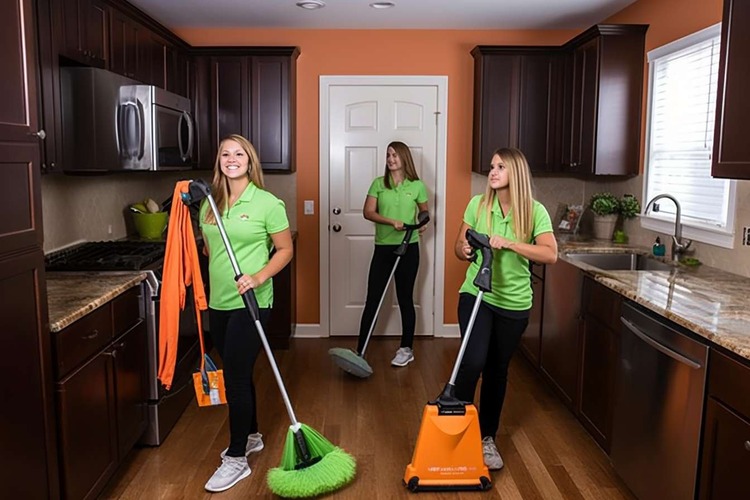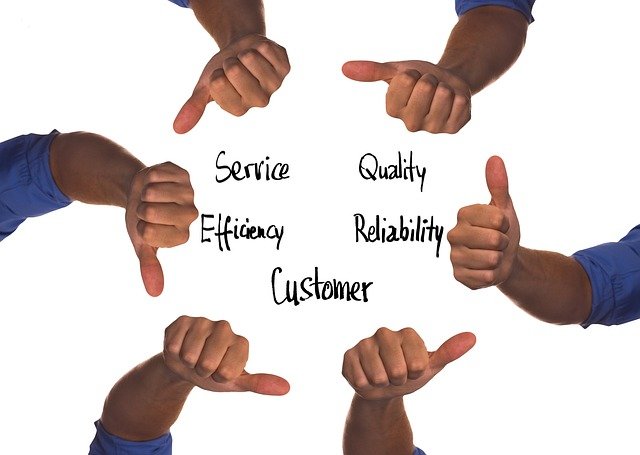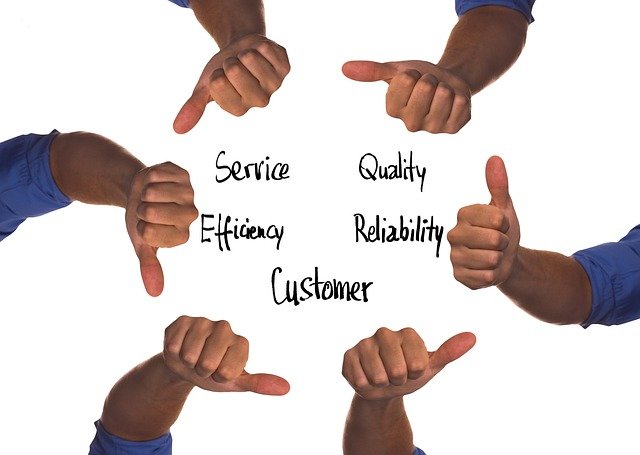Expert Guide: Selecting and Maximizing Home Cleaning Services
Discover the ins and outs of professional home cleaning services in this comprehensive guide. Learn about service tiers, scheduling options, eco-friendly choices, and how to select a trustworthy provider. Whether you're considering a one-time deep clean or regular maintenance, this article equips you with the knowledge to make informed decisions for a spotless, comfortable living space that fits your lifestyle and budget.

Navigating the World of Professional Home Cleaning Services
Understanding Service Tiers
Professional cleaning companies typically offer three primary service levels:
-
Basic Cleaning: Covers everyday tasks like dusting, vacuuming, mopping, surface wiping, bathroom and kitchen cleaning, and trash removal.
-
Deep Cleaning: Extends to often-overlooked areas such as baseboards, cabinet exteriors, stubborn bathroom grime, and thorough kitchen degreasing.
-
Move-In/Move-Out Cleaning: Provides a comprehensive clean, including appliance interiors, cabinet and drawer cleaning, and intensive scrubbing to prepare properties for new occupants.
Many providers also offer specialized add-ons such as oven cleaning, window washing, post-construction cleanup, carpet shampooing, and sanitization services. Commercial clients can expect tailored solutions for office spaces, retail environments, and shared areas. When evaluating options, request a detailed checklist to understand the scope of each service tier and any additional costs.
Determining Optimal Cleaning Frequency
The ideal cleaning schedule varies based on household dynamics, lifestyle, and personal preferences:
- Weekly: Ideal for busy homes with children or pets, where high-traffic areas require constant attention.
- Bi-weekly: Suitable for smaller households that can manage light tidying between professional visits.
- Monthly or Seasonal: Perfect for those who maintain cleanliness but desire periodic deep cleans.
For businesses, cleaning frequency depends on foot traffic and industry standards, ranging from daily touch-ups to comprehensive weekly services.
If you’re unsure, start with bi-weekly appointments and adjust as needed. Keep track of areas that accumulate dirt quickly and communicate this information to your service provider. Reputable companies can recommend a tailored schedule based on your specific needs and living space.
Booking and Customization Options
Modern cleaning services offer convenient booking processes, including:
- Online scheduling
- Instant quotes based on home size
- Recurring appointment options
During the booking process, you can typically:
- Prioritize specific areas (e.g., kitchen deep clean)
- Specify surface types
- Note any sensitivities (e.g., fragrance-free products)
Discuss access options if you won’t be home during the service. Some clients provide door codes or use lockboxes, while others prefer to be present. Clarify expectations in writing, including rooms to skip, valuable items to avoid, and any organizational preferences. Clear communication ensures efficient and consistent service.
Eco-Friendly and Safe Cleaning Practices
For environmentally conscious clients, many services now offer green cleaning options featuring:
- Biodegradable products
- Low-VOC (Volatile Organic Compound) solutions
- Fragrance-free alternatives
These options effectively tackle grease and grime while minimizing environmental impact. Some providers use microfiber cloths and HEPA-filter vacuums to capture fine dust and allergens more effectively.
Always inform your cleaning service about any allergies, asthma, or chemical sensitivities in your household. If you have infants, elderly family members, or immunocompromised individuals at home, inquire about specific disinfection protocols for high-touch surfaces.
Ensure that the cleaning team is trained in proper product dilution, labeling, and ventilation practices to protect both your household and the cleaning staff.
Selecting a Trustworthy Local Service
When choosing a cleaning service, focus on three key factors:
-
Trust: Look for companies that conduct background checks, carry appropriate insurance, and can provide references.
-
Quality: Seek providers with standardized checklists, consistent teams, and regular quality checks.
-
Transparency: Choose services with clear policies on cancellations, rescheduling, and potential damages.
Read recent reviews across multiple platforms to identify patterns rather than isolated incidents. During the quote process, ask about service duration, team size, and whether supplies are included. Request a copy of their cleaning checklist and inquire about their feedback process.
Maintaining Hygiene Standards and Consistency
Reputable cleaning services follow strict hygiene protocols, including:
- Using color-coded cloths for different areas to prevent cross-contamination
- Regularly sanitizing cleaning tools
- Using fresh mop heads for each home or zone
- Practicing proper hand hygiene and glove use
For consistent results, ask if you’ll have the same cleaning team for recurring services and how they document your preferences. Some companies maintain detailed client profiles noting surface types, product restrictions, and special requests.
Maximizing Your Cleaning Service Experience
To get the most out of your cleaning service:
- Declutter before their arrival to allow focus on actual cleaning
- Identify fragile items and off-limits areas
- Secure pets and mention any noise sensitivities
- For home offices, highlight sensitive equipment and cord management preferences
After each service, review the work promptly. Provide specific feedback like “More attention to shower grout” or “Skip guest room this month” to guide improvements. Many local services offer a satisfaction guarantee window to address any oversights.
When to Consider Specialized Cleaning Services
Consider a deep clean or specialized service if you notice:
- Persistent odors
- Visible buildup on tile or grout
- Dust settling quickly after cleaning
Post-renovation cleaning requires special techniques to manage fine dust particles. Move-in/move-out services can significantly improve property transitions. Businesses should schedule periodic detail work on upholstery, vents, and interior window tracks to maintain a professional appearance and healthier environment.
By understanding service options, scheduling strategically, prioritizing health and safety, and selecting a vetted local provider, you can enjoy a consistently clean living or working space that enhances comfort and productivity. The right cleaning service should seamlessly integrate into your routine, providing transparent, consistent, and personalized care for your environment.






